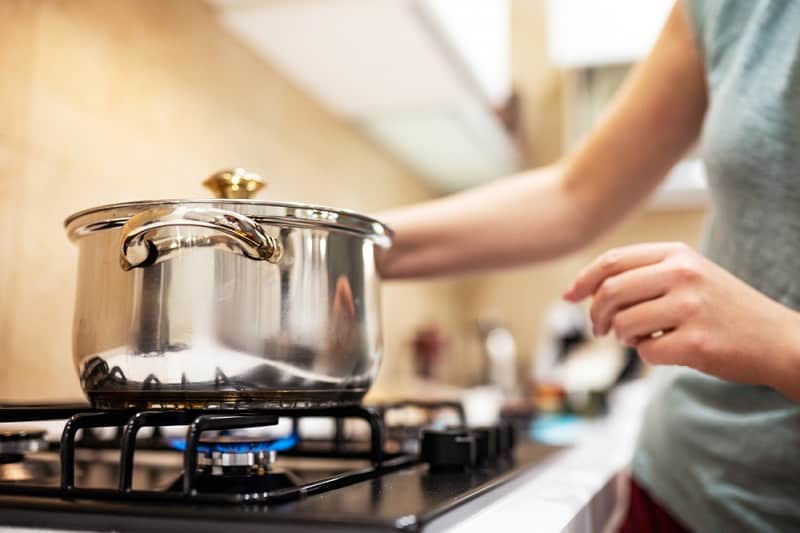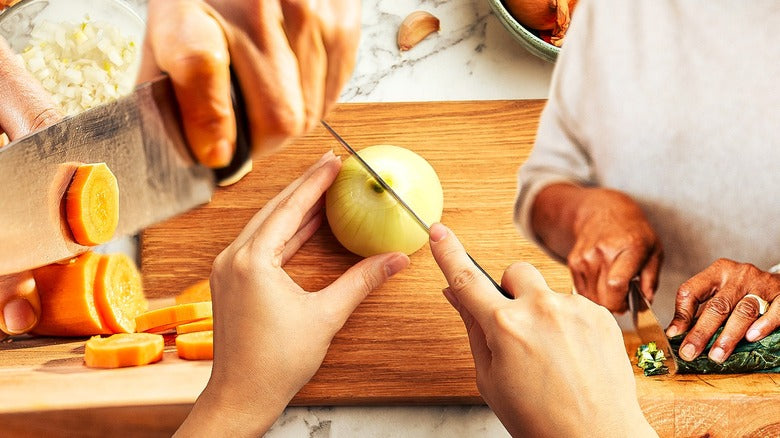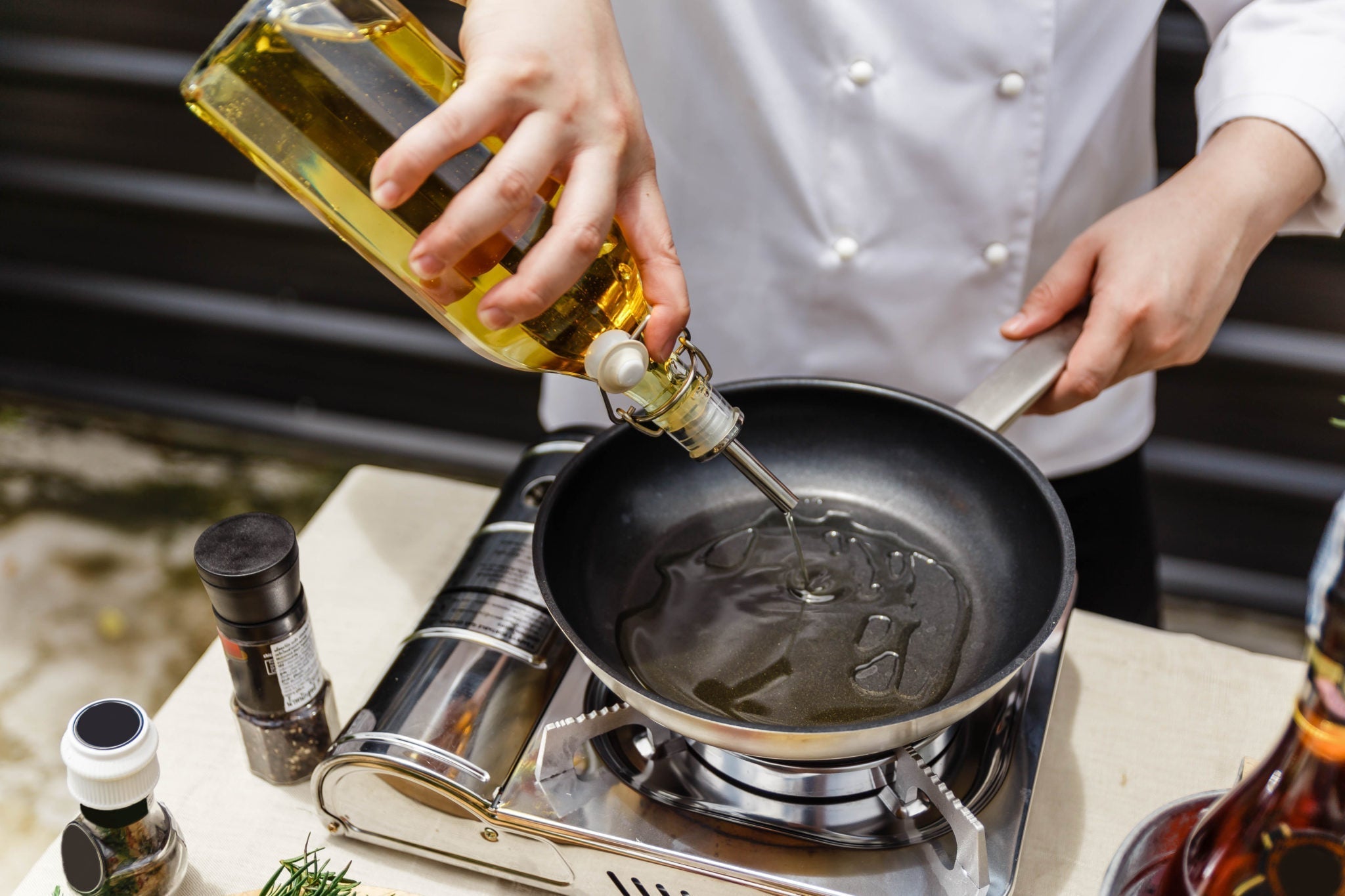Melted butter is a fundamental ingredient in many recipes, ranging from baked goods to sauces. Knowing how to melt butter in a saucepan can vastly improve the quality of your dishes. This technique, while simple, is essential for kitchen professionals looking to perfect their craft. In this guide, we will navigate through the process step-by-step, and offer tips to ensure that your butter melts seamlessly every time.

The Basics of Melting Butter
The process of melting butter may seem straightforward, yet there are nuances to consider. The type of saucepan you use can greatly influence the melting process. A non-stick saucepan is often recommended, as it prevents the butter from sticking and scorching.
To start, its vital to ensure that your saucepan is clean and dry. Any residue or moisture can alter the melting process. After confirming the condition of your saucepan, cut your butter into smaller pieces to promote even melting. Small cubes or pats of butter will melt faster than a whole stick.
Ingredients and Tools Needed
- Butter (unsalted is preferable for more control over seasoning)
- A saucepan (preferably non-stick)
- A heat source (stovetop)
- A spatula or wooden spoon for stirring

Steps to Melt Butter in a Saucepan
1. Prepare Your Butter
First, measure the amount of butter you need for your recipe. Its essential to follow the proportions to achieve the desired flavor and texture in your dish. Cut the butter into small pieces which helps it melt evenly.
2. Heat the Pan
Place your saucepan on low heat. Slow and steady is the key here. Rushing the process can lead to burnt butter, which has a distinct taste and aroma that can ruin your dish.
3. Add the Butter
Once your saucepan is warm, add the cut pieces of butter. Ensure you spread them evenly in the pan so they melt uniformly. Do not leave the kitchen unattended during this process.
4. Stir Gently
Using a wooden spoon or spatula, gently stir the butter as it begins to melt. This action helps ensure even melting and prevents the butter from sticking to the pan. Be careful to not let the butter bubble aggressively.

Common Mistakes to Avoid
Even seasoned kitchen professionals can make errors when melting butter. Here are some common mistakes and how to avoid them:
- Using High Heat: This can cause the butter to brown too quickly. Always stick to low heat.
- Not Stirring: Failing to stir can lead to uneven melting and burnt spots. Always keep the butter moving.
- Using Unsuitable Cookware: Make sure your saucepan is appropriate for melting. Non-stick pans are ideal.

Knowing When Butter is Melted
Properly melted butter is fully liquefied, and there shouldnt be any solid pieces remaining. If you notice residual solids, give it a few more stirs. The goal is to achieve a smooth, golden liquid.
Storing Leftover Melted Butter
If you find yourself with leftover melted butter, its essential to store it properly. Here are a few tips to keep in mind:
- Allow it to cool: Before storing, let your melted butter cool to room temperature.
- Store it in an airtight container: This helps to preserve its quality and flavor.
- Refrigeration: For long-term storage, keep it in the fridge. It can last for several weeks.
Conclusion
Learning how to melt butter in a saucepan effectively can make a significant impact on your culinary creations. Mastering this simple skill allows kitchen professionals to enhance flavors and achieve the perfect texture in various recipes. Remember, patience and precision are key. Happy cooking!
Frequently Asked Questions
1. Can I melt butter in a microwave instead of a saucepan?
Yes, you can melt butter in a microwave, but it might not provide the same control as a saucepan. If you choose this method, zap it in short intervals to avoid scorching.
2. What happens if butter burns?
Burnt butter will have a bitter, unpleasant taste and can ruin your dish. It's crucial to monitor the heat closely.
3. Can I reuse melted butter?
Absolutely! Melted butter can be reused in various dishes, but ensure it's stored properly to maintain quality.
If you want to learn more about other saucepan techniques, feel free to check out this article on heating milk or how to melt chocolate. For kitchen tool insights, take a look at this non-stick saucepan.
As an Amazon Associate, I earn from qualifying purchases.






Leave a comment
This site is protected by hCaptcha and the hCaptcha Privacy Policy and Terms of Service apply.